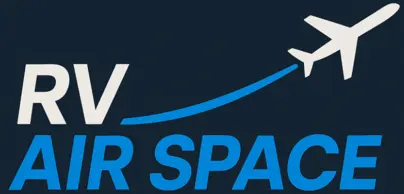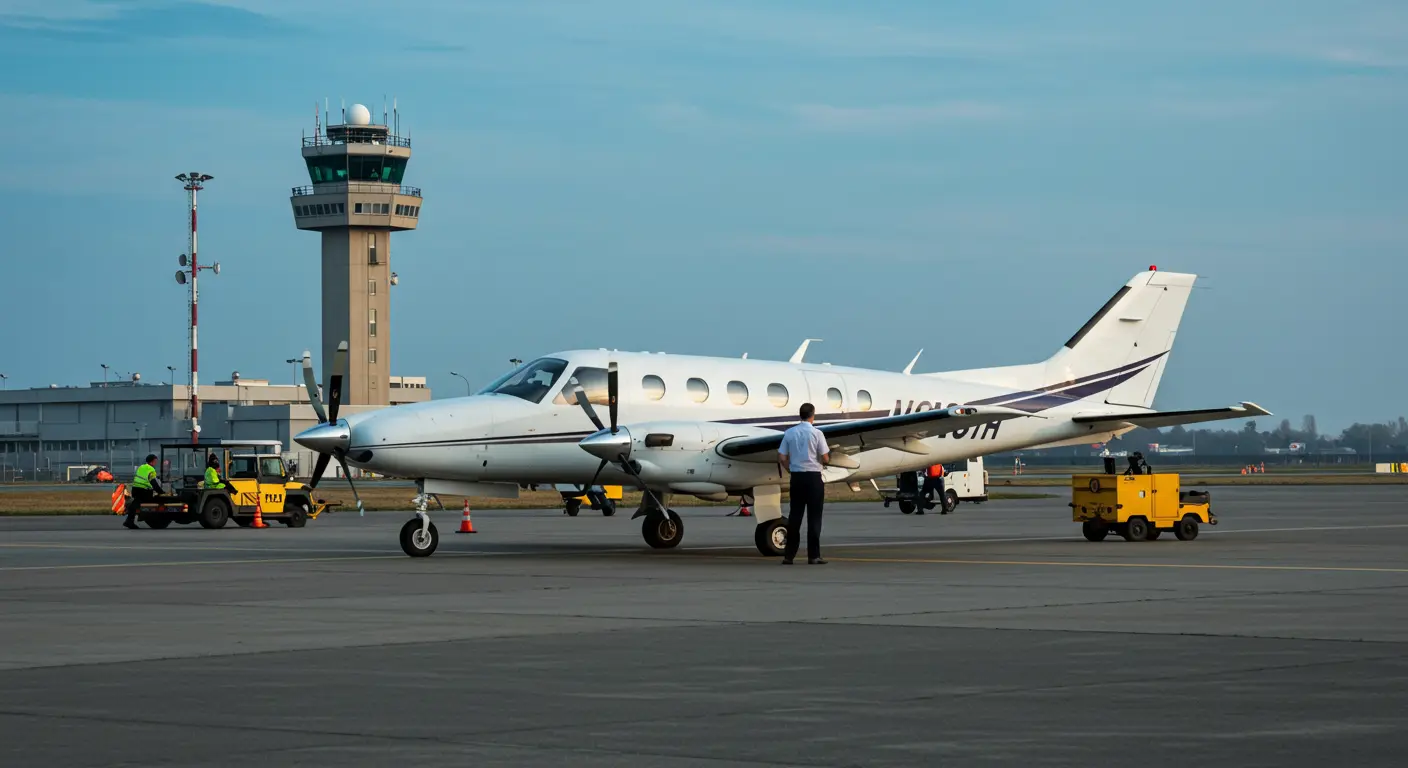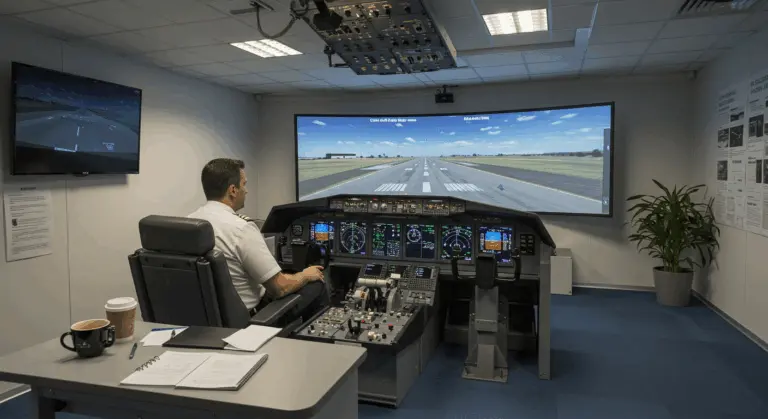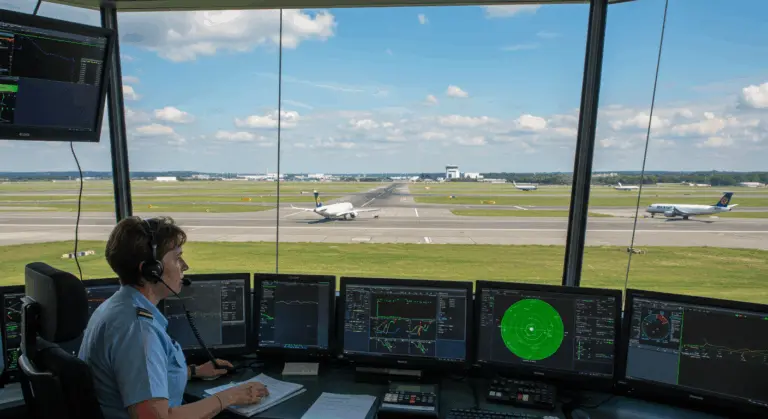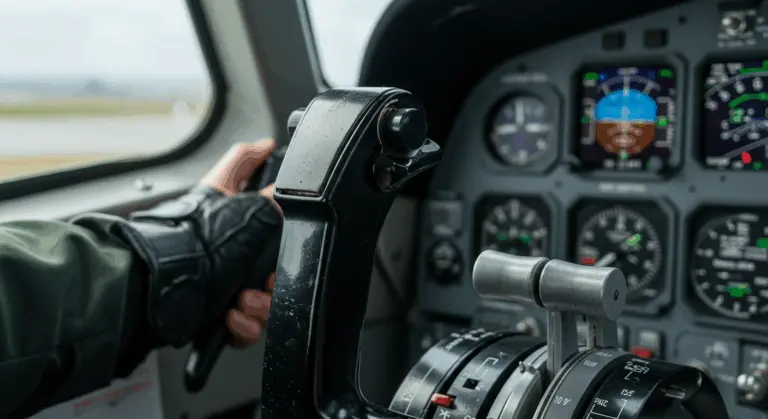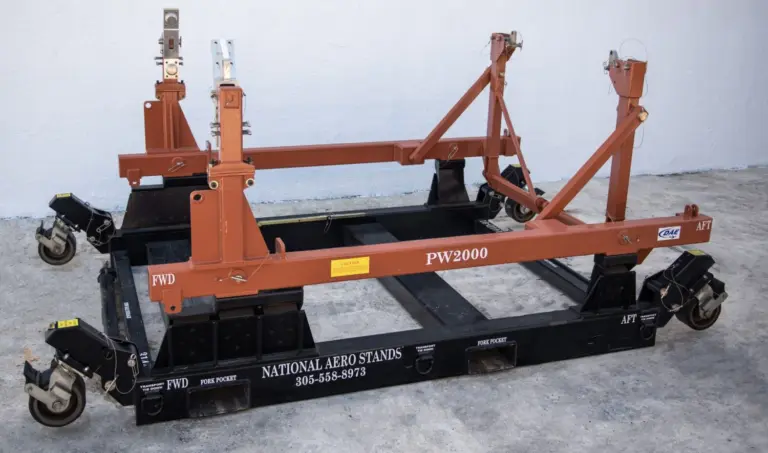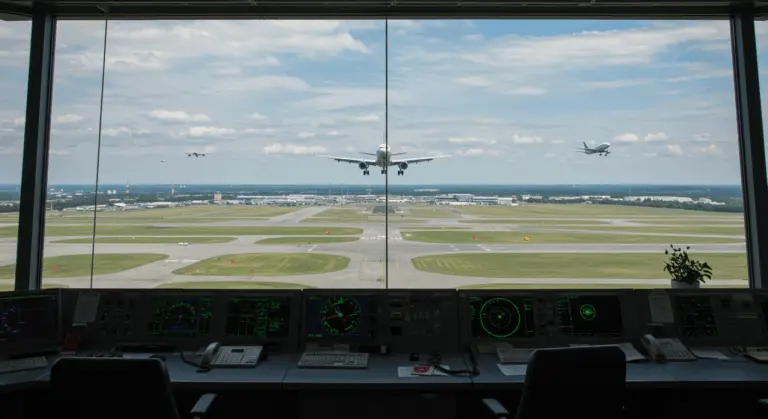Understanding VCOA Aviation Procedures – A Comprehensive Guide
What is VOA – Visual Climb Over Airport Explained
A Visual Climb Over Airport (VOA) represents a specialized IFR departure procedure that allows pilots to visually circle above an airport until reaching a safe altitude. This technique avoids obstacles—usually located more than three statute miles from the runway—without requiring steep climb gradients exceeding 200 feet per nautical mile.
Though it appears alongside an Obstacle Departure Procedure (ODP) in publications, a VOA stands apart as a hybrid procedure. It launches with a visual climb conducted under Visual Meteorological Conditions (VMC), then transitions to instrument flight once pilots achieve the specified “climb-to” altitude.
VOA Procedures – Step-by-Step Guide
Executing a VOA demands careful planning and precise execution. Here’s how to execute this procedure with confidence:
-
Request and Confirm Approval: Before departure, request the VOA from ATC in your flight plan remarks or during clearance delivery. Ensure you receive explicit approval.
-
Verify Weather and Performance: Confirm that weather meets or exceeds published VMC minimums. Assess that your aircraft’s performance is sufficient for the climb, considering factors like density altitude.
-
Execute Visual Climb: After takeoff, perform climbing turns directly over the airport, remaining within the published visibility limits to maintain visual contact.
-
Reach “Climb-To” Altitude: Continue climbing until reaching the specified “at or above” altitude. During this visual phase, you are solely responsible for obstacle clearance.
-
Transition to IFR: Once at the required altitude, proceed on your IFR clearance route, maintaining at least the standard 200 ft/NM climb gradient.
Throughout the entire procedure, stay aware of your position relative to both the airport and surrounding terrain. The protected airspace above the airport provides the protected area for climbing.
Pre-Departure Requirements for VOA
Navigating Obstacles – VOA in Mountainous Terrain
VOA procedures are particularly useful in mountainous terrain, where conventional instrument departures often become impractical—or impossible due to significant obstacles.
In these challenging regions, required climb gradients can become too steep for many aircraft. This makes IFR departures impossible without a VOA alternative.
The procedure provides a solution: aircraft can circle and climb within a protected zone directly above the airport until reaching a safe altitude for course departure.
This technique removes the need for steep climb gradients. Consider this: an aircraft unable to meet a demanding 500 ft/NM gradient imposed by surrounding peaks can instead employ a VOA to climb safely before departing.
This operational advantage significantly improves accessibility and safety at airports in challenging locations like the Rocky Mountains. It enables a broader spectrum of aircraft to operate under IFR conditions.
FAA Regulations and VOA – What You Need to Know
The FAA’s VOA regulations balance safety while providing operational flexibility in demanding environments.
Here’s a crucial regulatory distinction: during the visual climb portion of a VOA, obstacle clearance responsibility belongs to the pilot, not ATC or procedure design.
Meeting VMC minimums is only the first step. Pilots must also evaluate how weather conditions affect aircraft performance and navigation throughout the VOA execution.
High density altitude significantly reduces climb capability, while gusty winds complicate maintaining a stable ground track over the airport. Smart pilots calculate performance margins and adjust for wind effects to ensure they remain within the protected airspace envelope.
Training and Resources for VOA Procedures
To execute VOA procedures with confidence and safety, pilots should leverage these essential training resources:
-
Professional Seminars: Specialized workshops on VOA charting, design, and procedures.
-
Specialized Flight Instruction: Training centers, particularly in mountainous areas, offer programs combining classroom, simulator, and in-flight instruction.
-
FAA Publications: The Instrument Procedures Handbook (FAA-H-8083-16) and Aeronautical Information Manual (AIM) provide official guidance.
-
Online Learning: Interactive courses with 3D visualizations and scenario-based exercises.
-
Type-Specific Training: Manufacturer programs and type clubs offer performance data and techniques tailored to specific aircraft.
-
Procedure Charts: Thoroughly review approach and departure charts for critical information like climb-to altitudes and visibility minimums.
